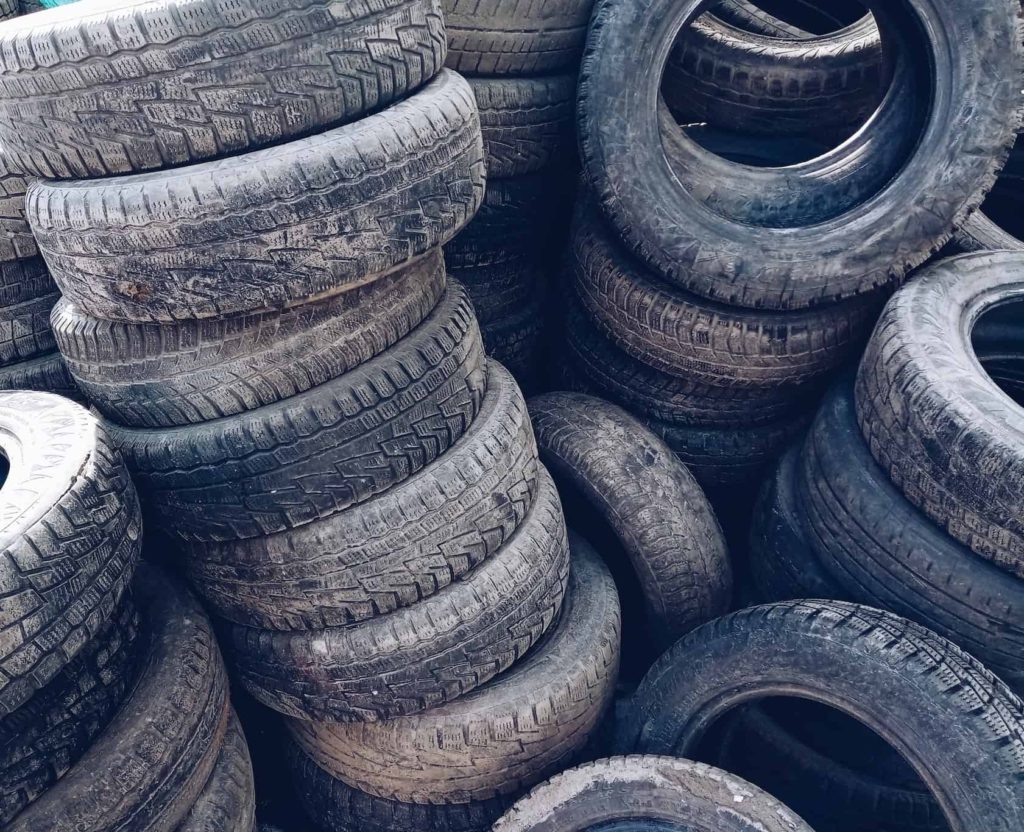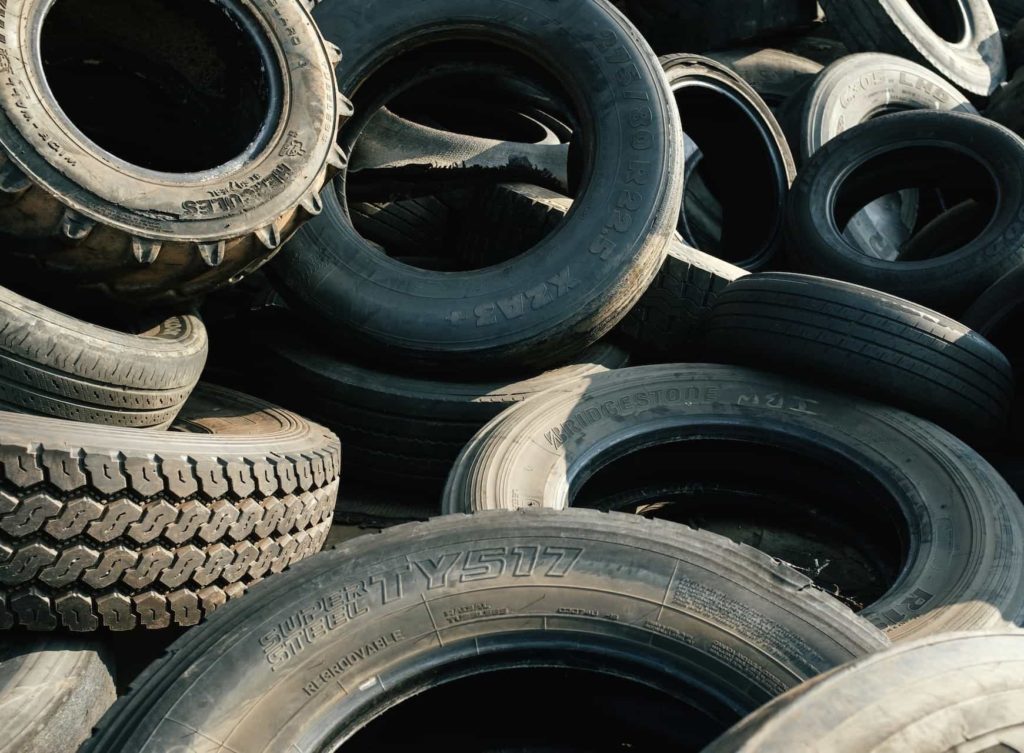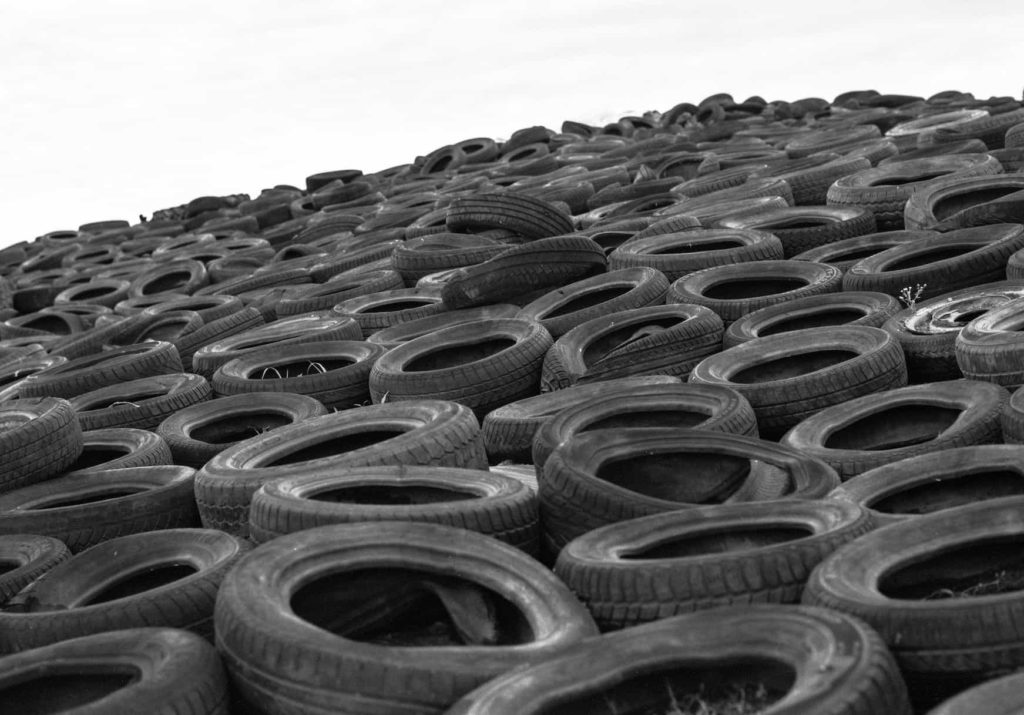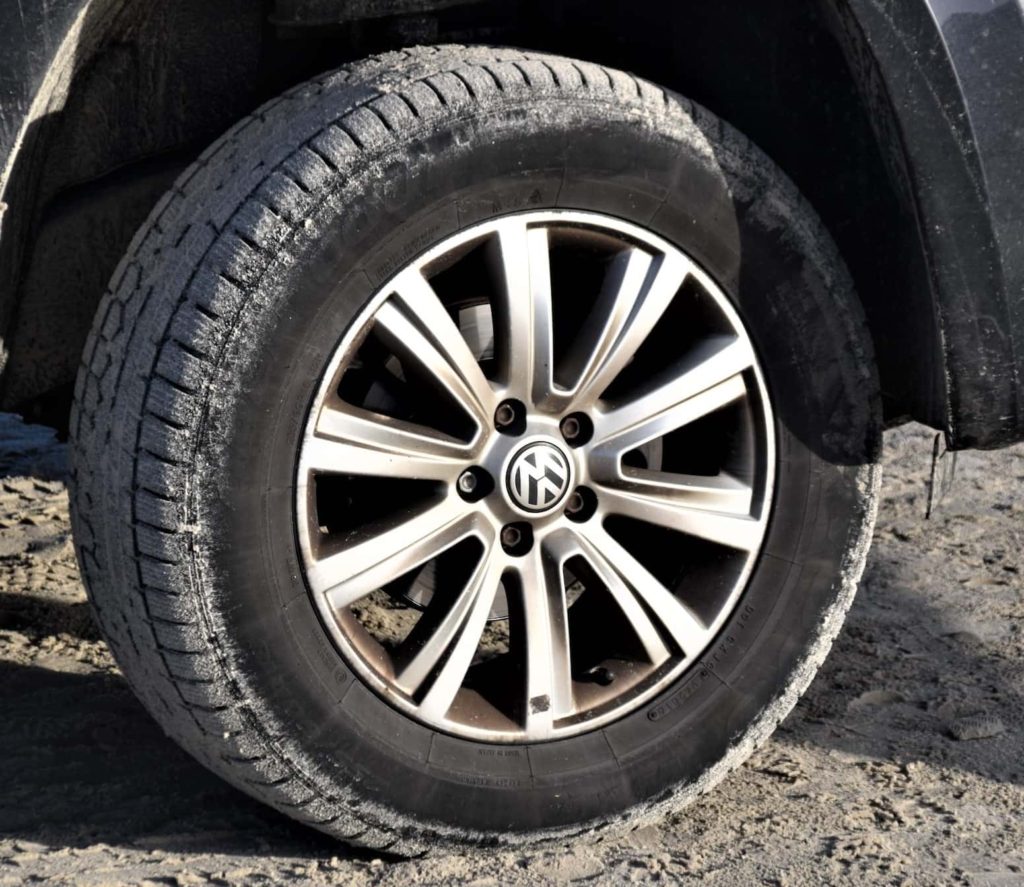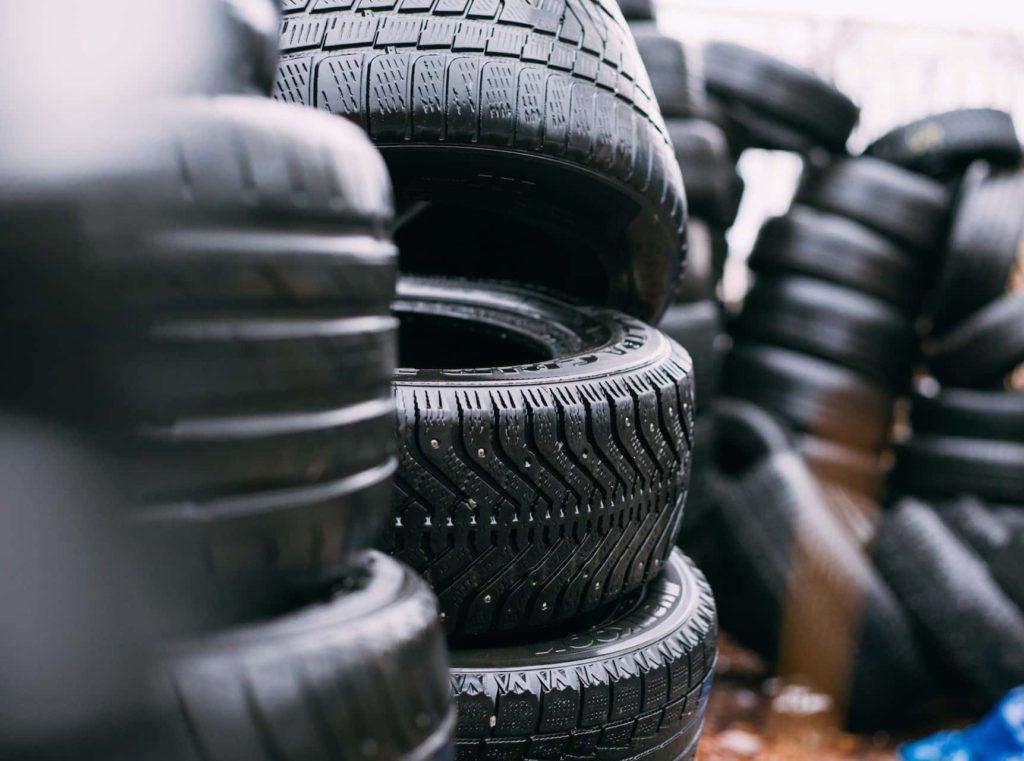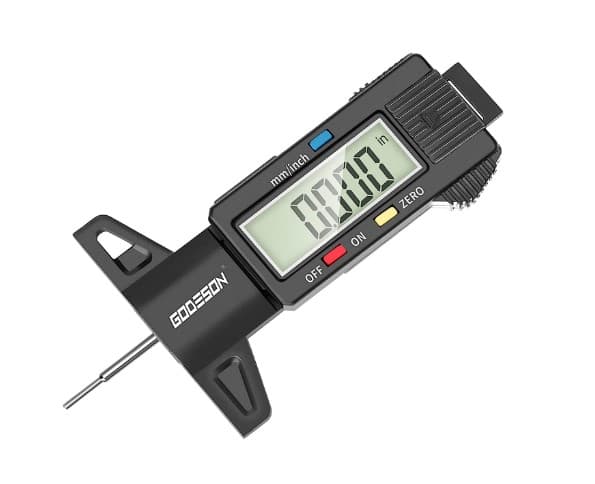Used Tires
Buying used tires may seem like a practical solution for cost-conscious consumers looking to save some money. After all, tires can be quite expensive and purchasing used ones at a fraction of the price might appear to be a smart choice.
However, it’s essential to recognize that cost savings should never come at the expense of safety. This article aims to shed light on the potential dangers associated with buying used tires and why consumers must exercise caution when considering such purchases.
Buying Used Tires
The market for used tires has been thriving in recent years, with numerous options available both online and offline. Buyers are often enticed by the possibility of obtaining high-quality tires at significantly lower prices than new ones.
However, it is crucial to understand that used tires have typically already seen a significant amount of wear and tear from their previous owners. While sellers may claim that these tires still have life left in them, it’s vital to dig deeper into their condition and assess whether they pose any safety risks.
My Opinion on Used Tires
Even though buying used tires might offer potential cost savings, it also exposes consumers to substantial safety risks that must not be overlooked or underestimated. When you consider the primary purpose of tires – ensuring traction, stability, and control while driving – compromising on their condition can have severe consequences. Therefore, this article aims to explore these safety risks comprehensively so that consumers can make informed decisions when contemplating the purchase of used tires.
The Danges of Wear and Tear
What to Know About Tire Wear and Tear
Tire wear and tear is an inevitable consequence of regular use. Understanding the various aspects of wear and tear is crucial in comprehending the potential hazards associated with purchasing used tires.
One key element to consider is tread depth – the measurement between the top of the tread pattern to the bottom of the tire’s grooves. Over time as tires accumulate mileage their treads gradually wear down. This reduction in tread depth significantly impacts a tire’s ability to maintain sufficient traction on wet or slippery surfaces.
Another critical factor indicating wear and tear is sidewall damage. Sidewalls are susceptible to cuts, bulges, bubbles, cracks, or punctures due to encounters with potholes or curbs. These damages weaken the structural integrity of the tire and increase its vulnerability to blowouts or punctures during regular use.
Additionally, age-related degradation cannot be overlooked when discussing used tires’ potential risks. A mechanic will refer to this as dry-rot. The rubber compounds in tires deteriorate over time, resulting in reduced elasticity and increased brittleness that can lead to catastrophic failures.
How These Factors Affect Tire Performance and Safety
The aforementioned factors – worn-out tread patterns, weakened sidewalls, and aging rubber compounds – have substantial implications for both tire performance and safety. When a tire’s tread has worn down significantly due to prolonged use or inadequate maintenance by previous owners, it compromises its ability to provide sufficient traction on wet or slippery surfaces. This lack of grip increases stopping distances while braking and reduces overall stability while cornering; therefore, endangering driver control over their vehicle.
Weakened sidewalls pose a significant risk as they are responsible for maintaining proper shape during acceleration forces exerted on tires when turning corners or taking turns at high speeds. If these forces are applied to tires with compromised sidewall integrity, the risk of blowouts or punctures becomes significantly heightened, leading to potential accidents on the road.
Aging rubber compounds in used tires experience chemical degradation and become more prone to cracking, separation from internal belts, and other structural failures. This deterioration not only reduces tire durability but also increases the likelihood of catastrophic failures at high speeds which can result in loss of control and severe accidents.
Understanding how wear and tear affects tire performance and safety is essential when considering purchasing used tires. Worn-out tread patterns reduce traction on slippery surfaces, weakened sidewalls increase the risk of blowouts or punctures, while aging rubber compounds raise the likelihood of catastrophic failures.
Bearing these dangers in mind is crucial for making informed decisions that prioritize the safety of both drivers and passengers on our roads. It’s highly recommended that consumers opt for new tires with adequate tread depth and without any structural damage or signs of age-related degradation to ensure their safety on their journeys.
Hidden Damage and Defects
Internal Belt Separation
When purchasing used tires it’s crucial to understand that visible external damage is not the only indicator of potential risks. Internal belt separation is a hidden yet serious problem that can compromise the structural integrity of a tire. This issue often arises from previous impacts or overloading, which can cause the belts within the tire to separate from each other or from the carcass.
If undetected, this separation weakens the tire’s ability to support weight and maintain its shape under normal driving conditions. This will cause an increased risk of sudden blowouts or loss of control while driving which can lead to accidents with potentially severe consequences.
Structural Damage from Improper Repairs
Another hidden danger associated with used tires lies in structural damage resulting from improper repairs or patching techniques. With wear and tear comes the need for occasional repairs due to punctures or damages sustained on the road. However, it is common for buyers of used tires to be unaware of any previous repairs performed on them.
When these repairs are done incorrectly or with substandard techniques and materials, they may compromise the tire’s structural integrity. Such compromised areas are prone to failure under stress, making them susceptible to sudden blowouts while driving at high speeds or negotiating sharp turns.
Degradation of Internal Components
The degradation of internal components within used tires poses yet another critical concern for safety-conscious buyers. Over time and due to various environmental factors such as exposure to extreme temperatures and harmful chemicals present on road surfaces (such as oil spills), tire materials start breaking down internally. The rubber compounds that provide flexibility and strength gradually deteriorate under these adverse conditions which lead to compromised performance characteristics and reduced safety margins.
Weakened internal components increase the risk of tire failure particularly when subjected to high speeds, heavy loads, or uneven road surfaces. Hidden damage and defects pose significant risks when buying used tires. Therefore, it is crucial for consumers to be aware of these potential hazards and exercise extreme caution when considering purchasing used tires.
Lack of Maintenance History
When it comes to the safety and performance of tires, maintenance plays a crucial role. Proper maintenance practices such as regular rotation, balancing, and alignment are essential for ensuring even wear distribution across the tire surface.
Uneven wear can lead to compromised traction and handling capabilities, significantly increasing the risk of accidents. Furthermore, maintaining proper inflation levels is vital for optimal tire performance and longevity.
Underinflated tires can generate excessive heat during operation, potentially leading to tire failure and blowouts. On the other hand, overinflated tires are more prone to punctures and reduced grip on the road. What I am trying to say is: You have no idea how the previous owner maintained their tires.
Regular Rotation, Balances, and Alignments
Tire rotation is a maintenance practice that involves periodically swapping the positions of each tire on a vehicle to achieve uniform wear patterns. This ensures that all four tires share the workload evenly over time.
Balancing refers to adding weights to specific areas of a wheel-tire assembly to counterbalance any weight imbalances caused by uneven distribution of mass in these components. It prevents issues like vibrations while driving and extends tire life.
Alignment relates to adjusting the angles at which a vehicle’s wheels make contact with the road surface. Proper alignment minimizes uneven tread wear from incorrect contact points with the pavement and enhances overall vehicle stability while driving straight or around corners.
Proper Inflation Levels
Maintaining proper inflation pressure is critical for ensuring optimal tire performance in terms of handling, braking efficiency, fuel economy, and overall lifespan. Overinflation increases rigidity in tires’ internal structure, leading to reduced contact area with the road surface.
This diminishes traction levels while compromising ride comfort due to increased vibrations transmitted through stiffer sidewalls. In contrast, underinflation causes excessive flexing of the tire’s sidewalls, generating excessive heat that can lead to tire failure.
Unfortunately, when purchasing used tires, it is challenging to obtain a comprehensive history of their maintenance. Without this information, it is nearly impossible to determine if these tires have undergone regular rotation, balancing or alignment procedures or if they have been properly inflated throughout their lifespan.
How Do You Know if Used Tires have been well Maintained?
The inability to verify the maintenance history of used tires greatly increases the risk of potential safety issues. Without records or knowledge regarding previous owners’ care and maintenance practices, there may be hidden damage or neglect that cannot be easily detected during a visual inspection.
Used tires may have been exposed to adverse conditions such as extreme temperatures or chemicals that could degrade internal components like belts and rubber compounds. Furthermore, improper repairs or patching techniques done on damaged areas that can compromise the overall tire integrity.
By purchasing new tires from reputable retailers, consumers can ensure they receive products with desired specifications and warranties. This provides peace of mind in knowing that these essential safety measures have been taken.
Buyer Beware
Counterfeit Tires
In recent years, the market has witnessed a concerning rise in counterfeit tires being sold to unsuspecting consumers. These deceptive imitations are designed to mimic the appearance of popular, reputable tire brands.
Counterfeiters have become adept at replicating the intricate tread patterns and trademarks that consumers rely on for quality assurance. By camouflaging themselves as genuine products these counterfeit tires infiltrate the market and pose a significant threat to both safety and consumer trust.
Compromised Quality Control
Unlike reputable tire manufacturers who adhere to stringent quality control measures, counterfeit tire producers operate without any such regulations in place. This lack of oversight opens up a world of potential hazards for those unknowingly purchasing these fake tires. Inferior manufacturing processes and substandard materials used in their production result in compromised durability, reduced traction capabilities, and an overall decreased level of performance compared to authentic tires. If a deal on a set of tires seems too good to be true, it usually is.
The Dangers of Counterfeit Tires
The dangers posed by counterfeit tires go beyond mere poor performance or premature wear. Given their inferior construction and lack of quality control, these fake tires are prone to catastrophic failure on the road, leading to potentially life-threatening accidents.
The compromised structural integrity increases the risk of blowouts at high speeds or sudden loss of control during emergency maneuvers. Counterfeit tires may not meet industry safety standards or specifications necessary for proper handling under various conditions such as wet surfaces or extreme temperatures.
Keep In Mind
In today’s marketplace, where cost-consciousness often prevails over safety considerations, it is crucial for consumers to be aware of the risks associated with buying used tires and particularly those that may be counterfeit. By investing in genuine new tires, consumers can ensure they are securing their own safety and that of others on the road.
Remember, the initial savings of purchasing used or counterfeit tires may pale in comparison to the potential costs and consequences of compromised quality. Prioritizing safety should always take precedence when it comes to making decisions about tire purchases. Keep this in mind next time you’re tempted to buy used tires; if the tires are still in good shape then why did the previous owner replace them? Of course there are exceptions but we strongly advise against buying any used tires!
